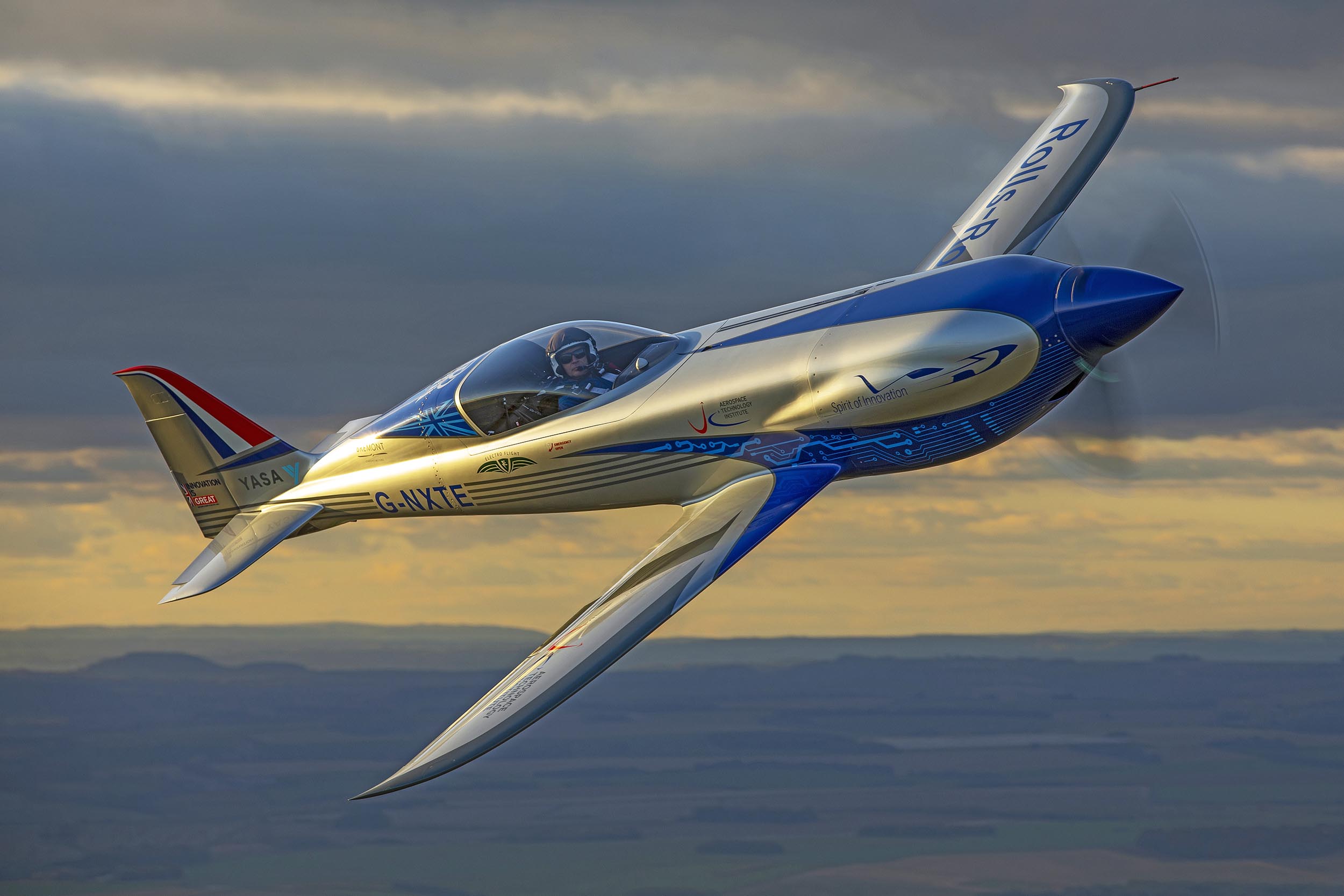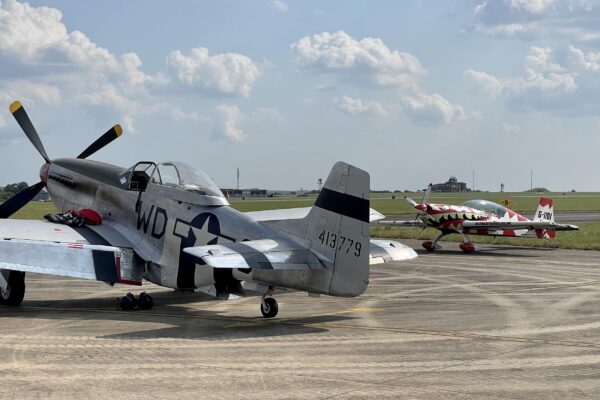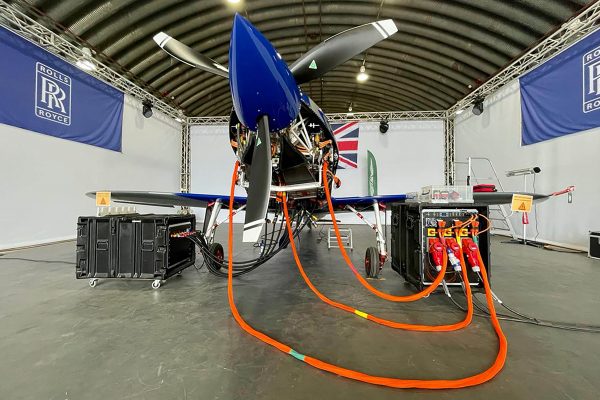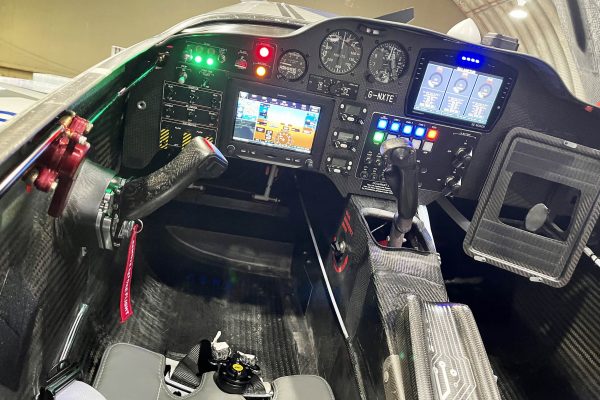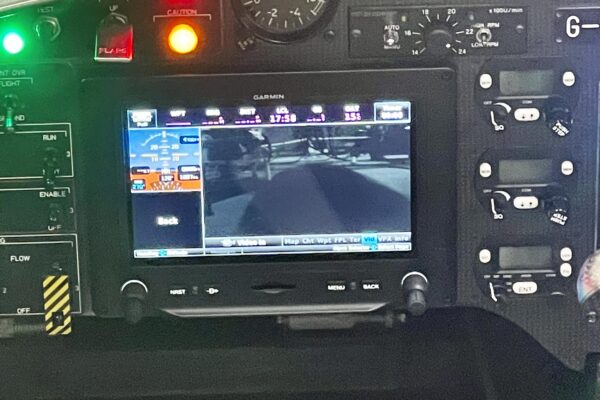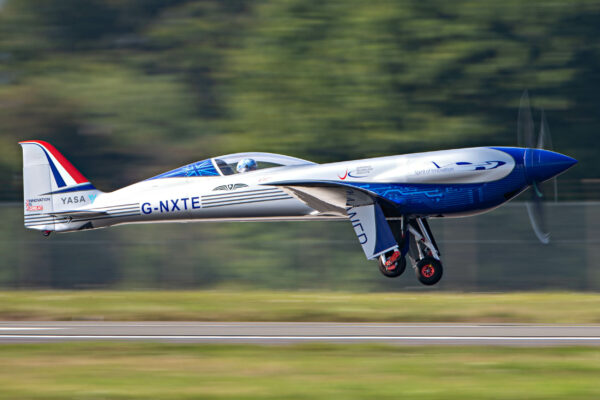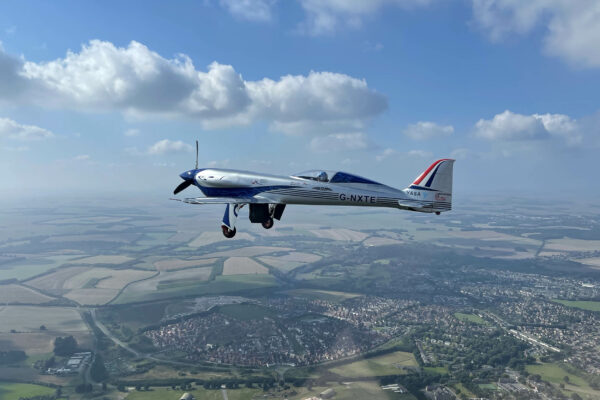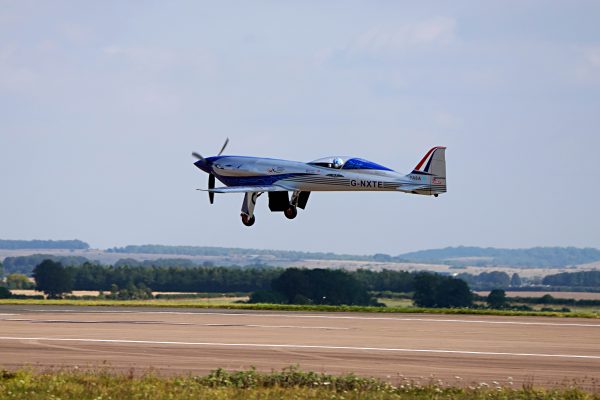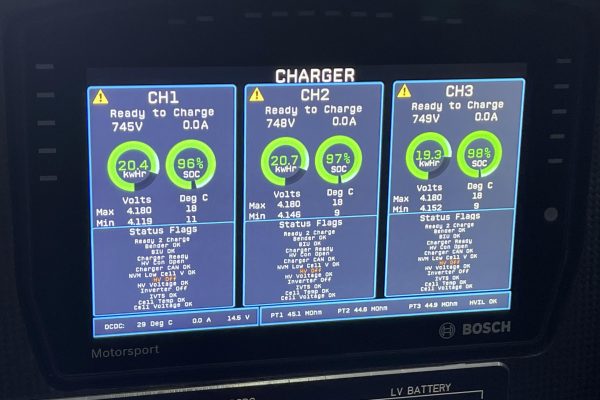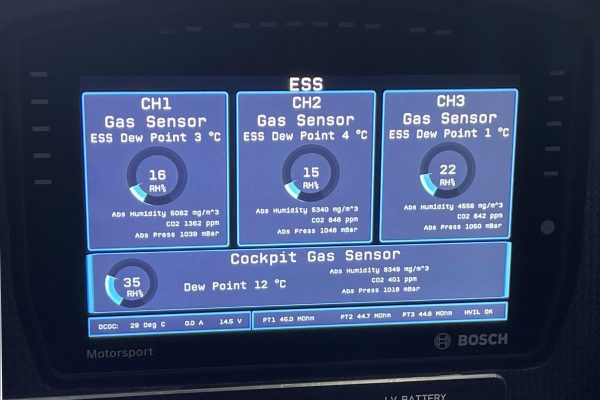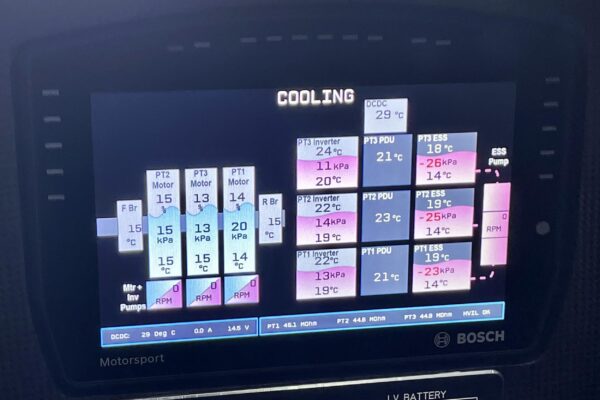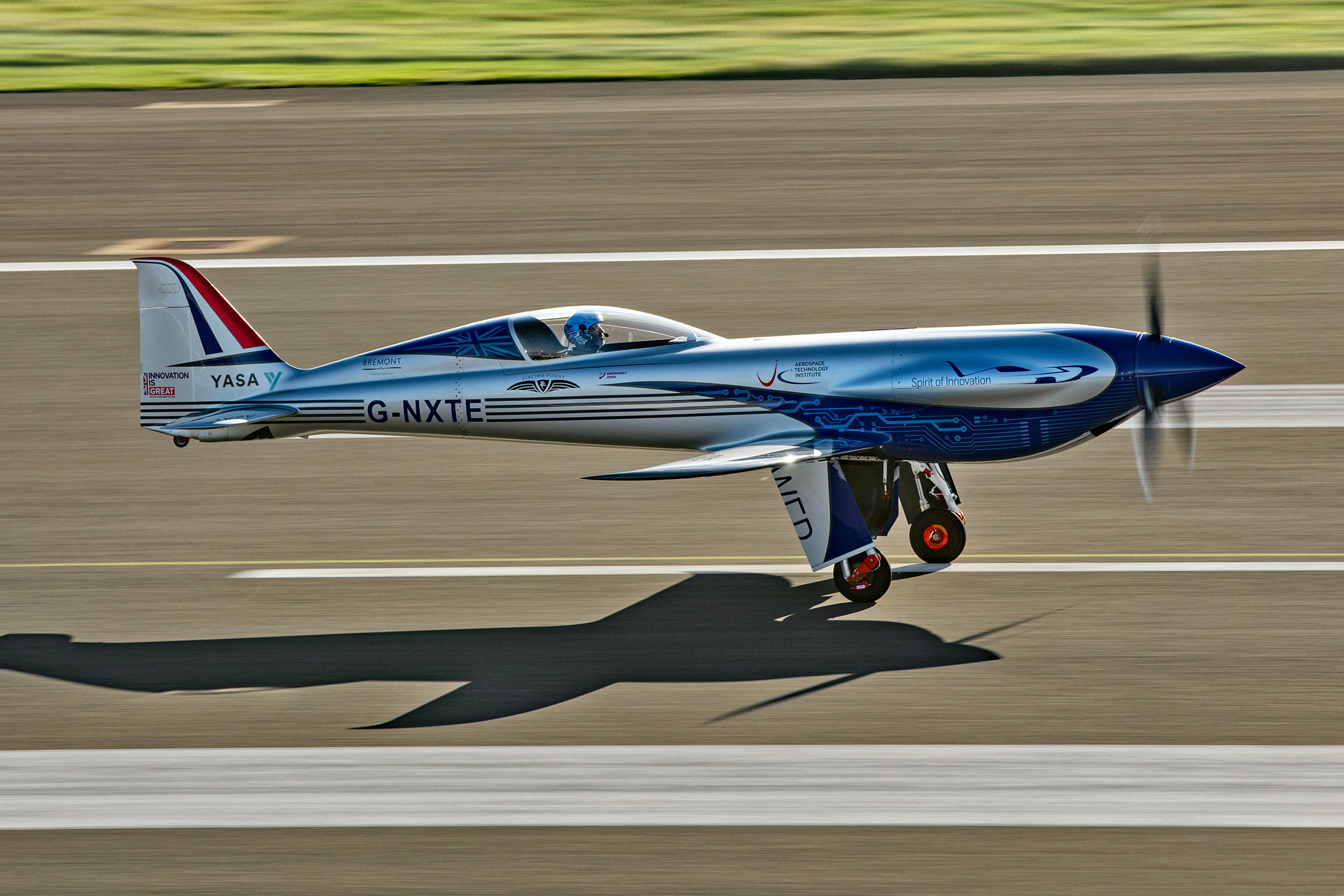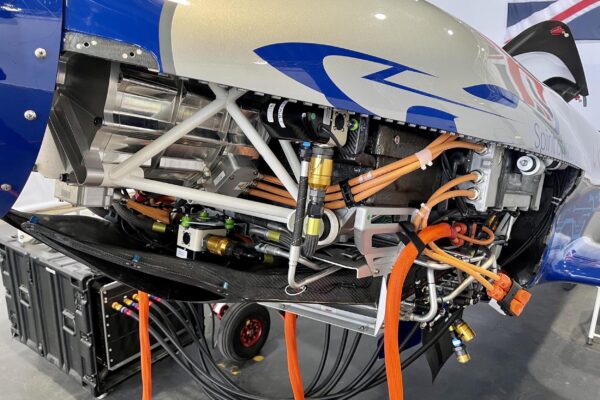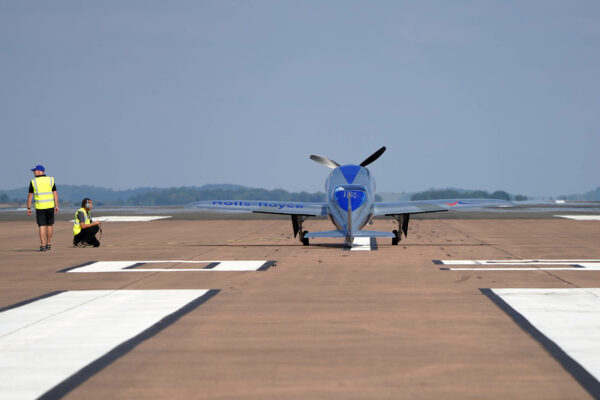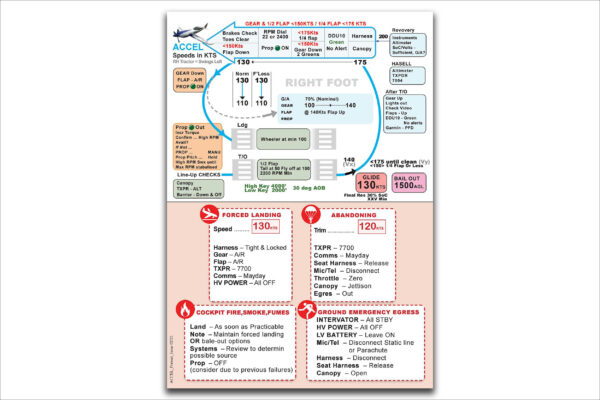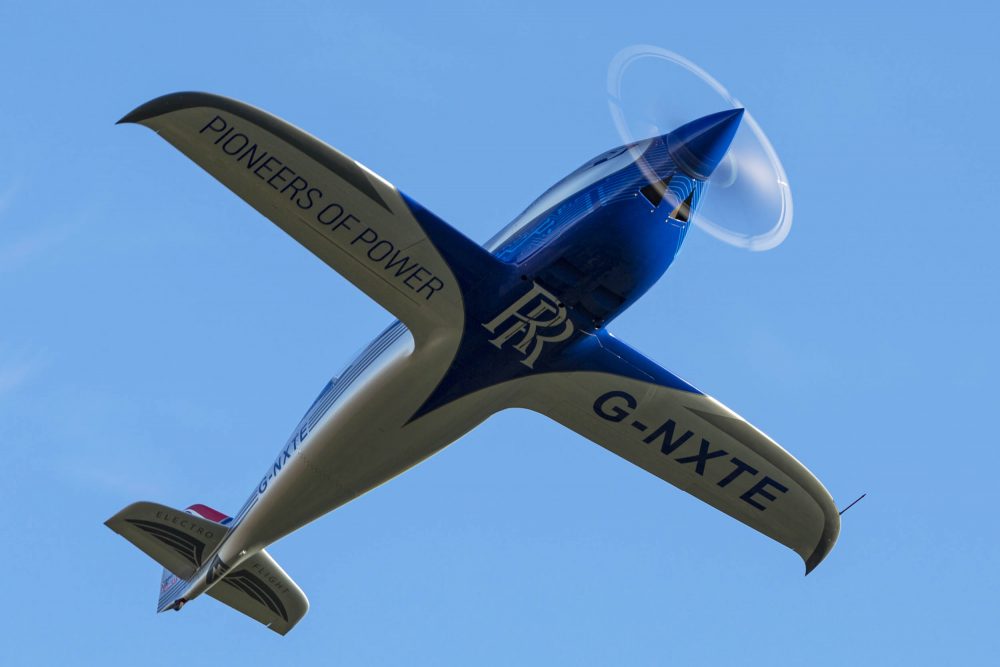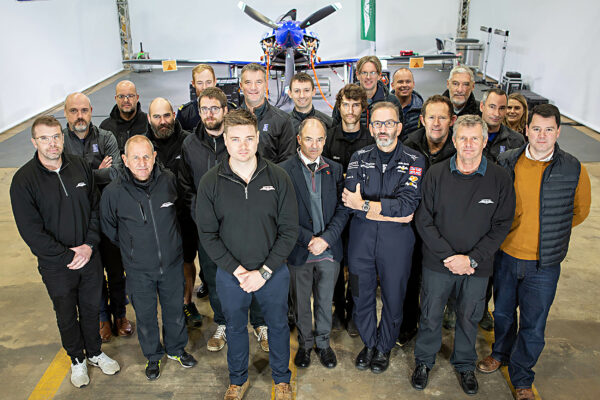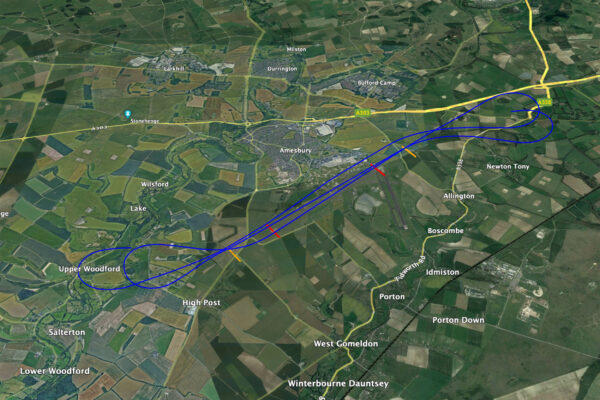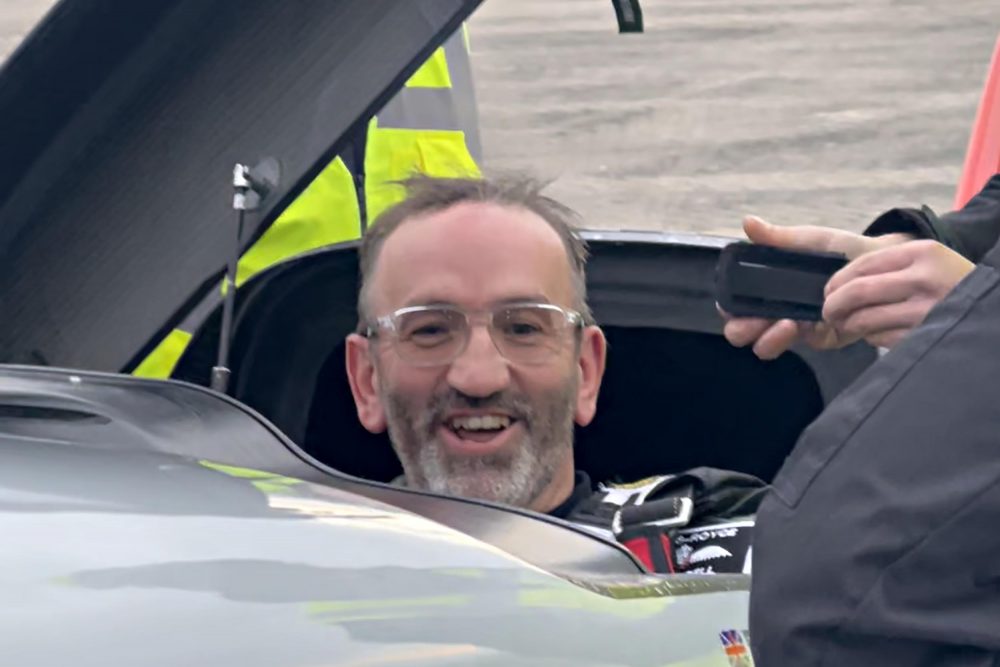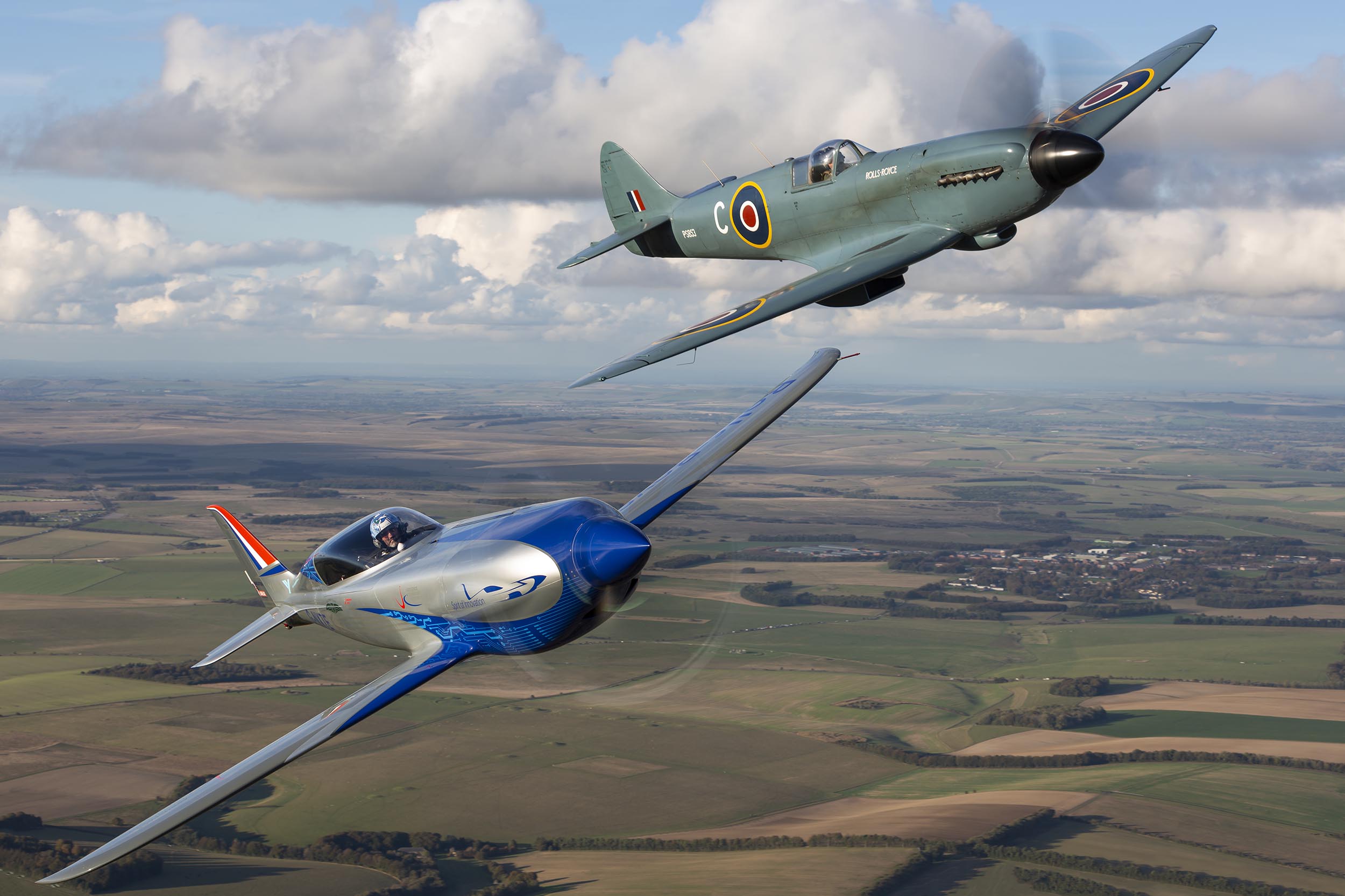Record raised
Everybody waited while Andy Roberts, Rolls-Royce Head of Flight Test and Team Lead for the flight test phase of the project, went over the figures. In a very low key and almost surreal environment, Andy confirmed that, subject to FAI ratification, the 3km record had been raised to 345.4mph. The announcement was met by what I initially felt was almost a wave of mild indifference rather than cheers and roars. The level heads that stayed calm during unexpected events were similarly level given that breaking the record was largely what the team had been working towards and expected. It was also a bittersweet moment for the project team who now had to move on to the next piece of work.
Steve flew the aircraft on its 30th and final flight the next day, sadly not quite able to better his already impressive 330mph 15km distance record. The aircraft will be used at a variety of exhibitions this year and is pencilled in to be displayed in a national museum, hopefully with the cowls off so that visitors can appreciate the incredible engineering of the Spirit of Innovation team.
What might the team have done differently? With no mechanical failures and the entire electrical propulsion system working exactly as advertised, the project was clearly a massive success. A lighter battery pack would have helped, but as a key structural part of the aircraft I’m not sure any pilot would want to take any shortcuts in that department.
The single biggest improvement to the records would have been location. Pretty much every other aviation record has been set in Reno or New Mexico, with a runway at 5,000ft and a density altitude of 6,000-7,000ft. The team estimated that flying at Reno would have added another 20 to 30mph to the record – which interestingly compares very favourably with the ICE NXT’s record of 415mph. However, the existing electric record was still smashed, and with the patriotic benefit of having been flown from Boscombe Down, the historic and now continued home of UK experimental flight.
Pushing technology forwards
The programme has always been about far more than breaking the record, focusing on pushing the technology forward. Spirit of Innovation is a really well-built aircraft demonstrating what electric capability can do. With a focus on high power delivery rather than energy, the aircraft nevertheless managed a flight of 32 minutes at an average speed of 150mph. There is lots of technology that will flow into future urban mobility and hybrid projects, and there is a great battery module which is now marketable for different companies and platforms.
Rob Watson, Rolls-Royce President – Electrical, said, “Staking the claim for the all-electric world-speed record is a fantastic achievement for the ACCEL team and Rolls-Royce. The advanced battery and propulsion technology developed for this programme has exciting applications that will help make ‘jet zero’ a reality.”
This was a real achievement technically for the whole ACCEL team. In the Boscombe officers’ mess on the evening the record was broken, I congratulated Phill who went out of his way to highlight that pilots are just a small part of a much larger team, and he absolutely agreed that every single member had contributed to breaking the record. He paused and then commented, “I’m just glad that I can start eating cake again!”


